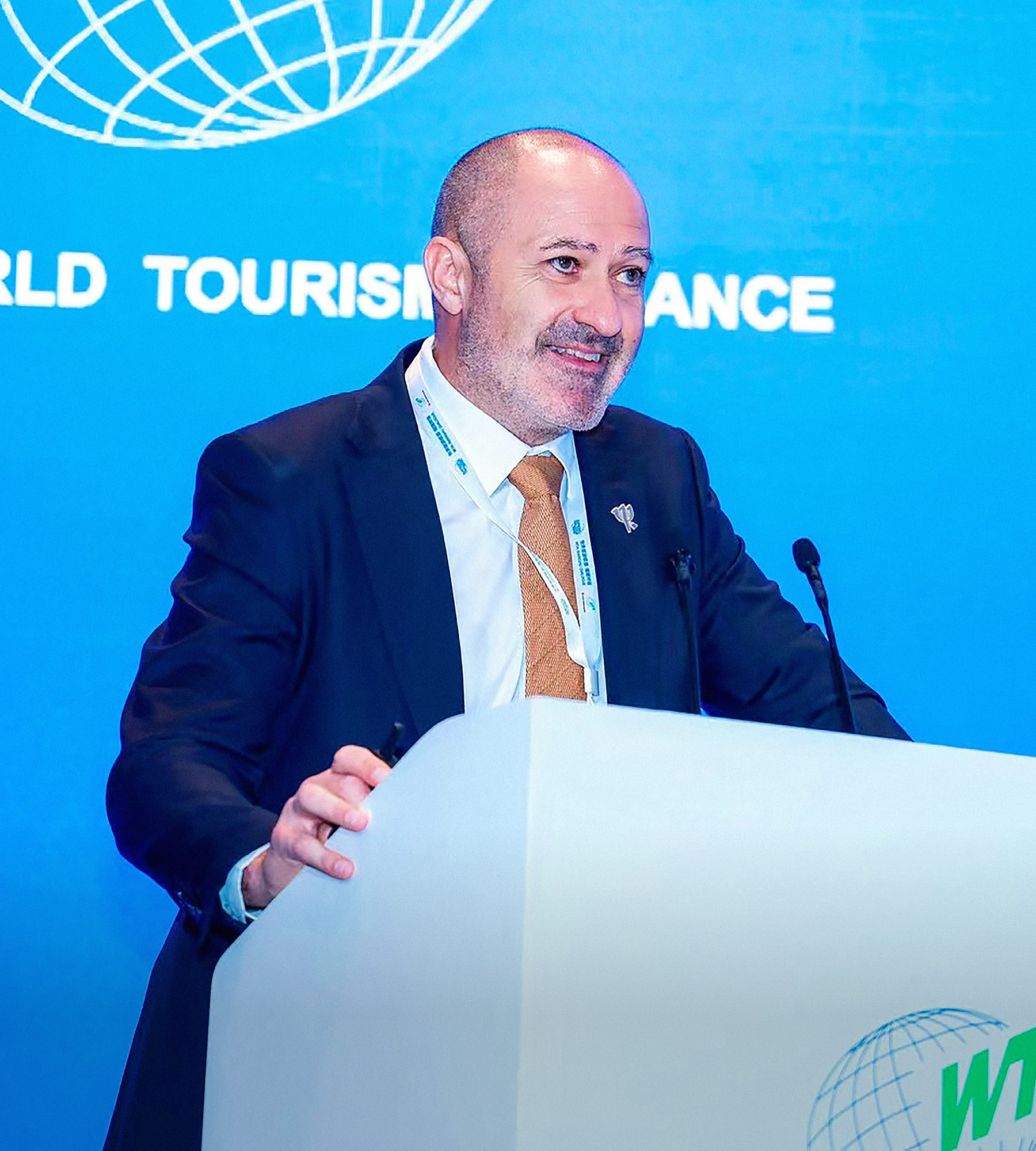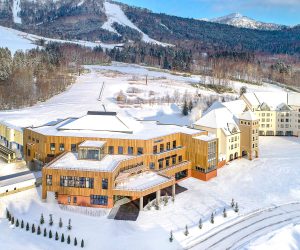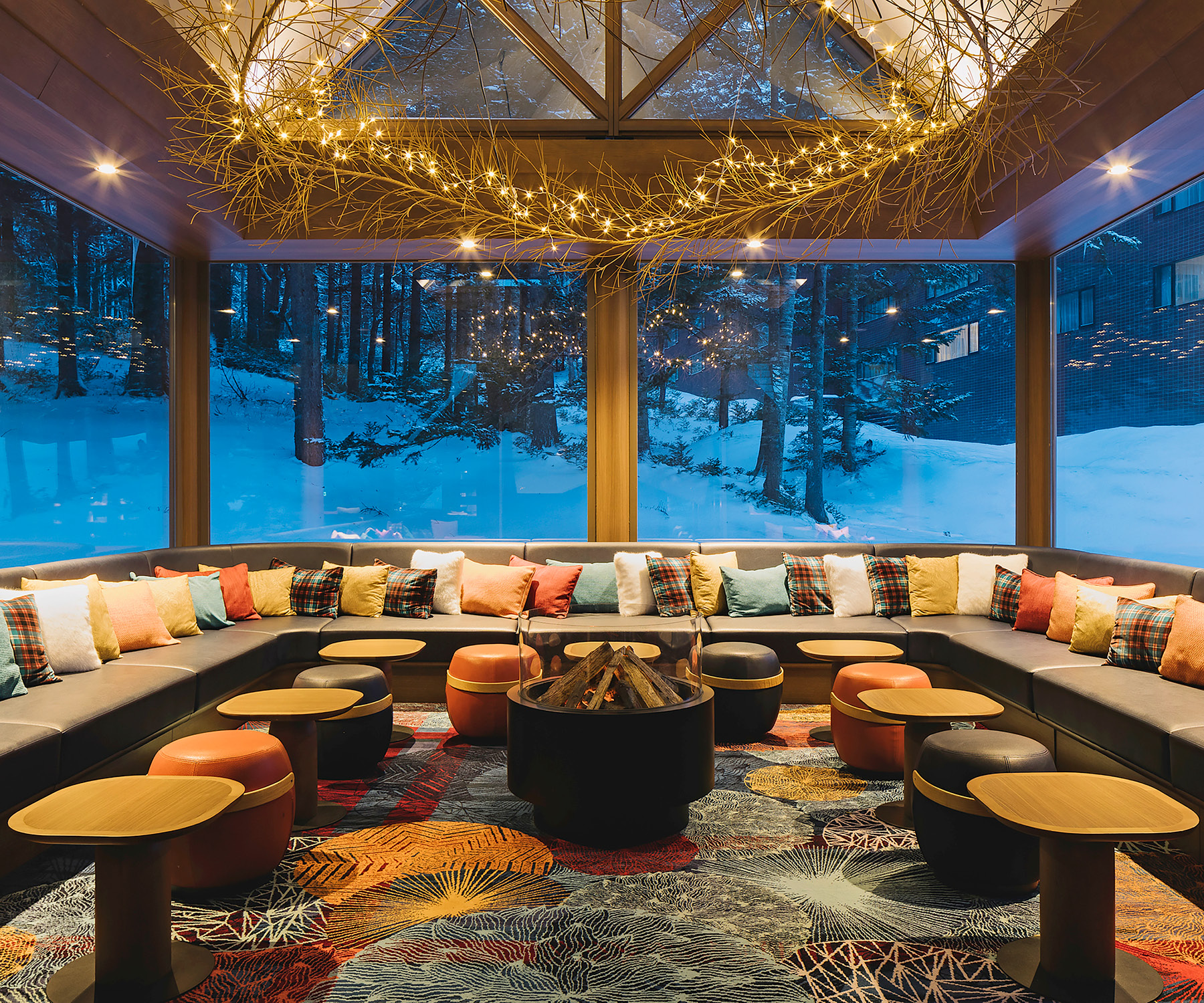Language
You can read the magazine in one of the following languages
Geolocation
You can read the global content or the content from your region


Much has changed since 1979, when iconic French hospitality brand, Club Med first dipped its well-traveled toe into the then largely unexplored Asia–Pacific region with the opening of Club Med Cherating in Malaysia’s Pahang.
Now, the company is owned by China’s Fosun and its Asia–Pacific network counts 21 properties. The Heilongtan Joyview resort, a 90-minute drive south-west of Chengdu, is to become the 22nd when it opens in just a few weeks.

All fall under the stewardship of CEO of APAC Resorts, Jean-Charles Fortoul, who has traveled the world with Club Med for 22 years, and now calls Shanghai home.
“I started at around the same time as Henri Giscard d’Estaing, the current Chairman and CEO of the company,” he tells The CEO Magazine. “It was shortly after that, the decision was made to shift the Club Med strategy from volume to value. In short, we turned into a very upscale, luxury brand.”
As part of this reset, Club Med closed 75 of its 90 resorts that fell short of this new standard over the last 20 years, mainly across Europe. But these have since been replaced with 40 others that sit comfortably at the premium end of the market.
Asia–Pacific has played an important role in this growth trajectory, with expansion in China particularly vigorous.
The opening of the Chengdu property will take its Chinese portfolio to 11 resorts, with two brands – Joyview and Urban Oasis – dedicated to the domestic market. This continues to be the priority in China as international numbers remain low despite positive signs post-COVID-19-pandemic.
Next year, Club Med will open a new Malaysian property in Borneo’s Kota Kinabalu, taking it full circle. The opening will mark the reinvigoration of its South-East Asian expansion, according to Fortoul.

“It’s a key destination for us so we need to accelerate the development of Club Med in this part of the world,” he says.
Meanwhile, in Japan and Asia, skiing remains a top priority, with Fortoul keen to build upon the runaway success of Club Med Tomamu and Kiroro in Hokkaido, which he cites as among his proudest achievements at the company.
“It represented a strategy change for us,” he explains. “With Tomamu, it gives me great satisfaction to show the ability of the Club Med Asia–Pacific team to open one of the most profitable resorts worldwide, driving the best satisfaction and reputation scores on social platforms both in Japan and worldwide.”
He shares the credit for the hotelier’s APAC successes with the company’s people, known affectionately as Gentle Organizers and Gentle Employees. “Our firm belief is that happy teams make for happy clients,” he says.
“Club Med has always focused on empowering and developing our Gentle Organizers and Gentle Employees. They are the true ambassadors of the spirit of Club Med. I couldn’t be prouder of our multicultural teams.”
Another area of pride for Fortoul is Club Med’s standout record in the area of sustainability, which he highlights as a top priority.
“Club Med has always been very protective of the environment,” he says.
While this is an industry wide responsibility, Club Med has adopted a leading role over the years, making significant advances in terms of animal protection, local purchasing, the implementation of solar power, the reduction of food waste and the elimination of single-use plastics.
“We aim to have more than 90 percent local purchasing, which is what we have today in some resorts in Asia,” he states.

The company works closely with a range of suppliers on the ground who share its commitment to the environment.
These strides have helped Club Med gain Green Globe certification for its resorts, providing clarity for its customers.
“It’s very important to have clear evidence of our intention, our strategy, our actions,” Fortoul stresses.
The company has also put in place a Vice President of Environment, Health and Safety, who is based in Shanghai and works closely with Fortoul to ensure the efficacy of its sustainability strategies.
After all, preserving the natural environment and delivering a positive impact to local communities is essential to preserving the unique appeal of each of its properties.
Indeed, part of the success of Club Med’s Asia–Pacific arm lies in its ability to offer a local experience, with the benefits and standards associated with a global brand. Fortoul calls it a ‘glocal’ strategy that incorporates certain signature French touches alongside three to five must-try experiences.
“Every resort has must-try experiences to promote the local culture, the local people,” he explains.
“These are activities that you can discover only in the one resort. So if you go to Club Med Lijiang, in the Yunnan province of China, you will have activities that you will practice with the local Nashi people like astronomy where you can discover stargazing or you can spend time in an educational camp to learn more about the local biodiversity.”
Local cuisine is also showcased as part of this approach, but, in a nod to Club Med’s French heritage, certain French delicacies are always on offer, like excellent cheeses.

The Nest Bar at Club Med Tomamu
It’s a shift that he saw take shape around 10 years ago, Fortoul shares. “It’s truly a chance to turn Club Med into a company that is not a ‘golden jail’, but a resort that really welcomes in the local culture,” he reflects.
Every Club Med resort therefore offers an entirely distinct experience, from architecture and design features all the way through to the entertainment.
“Club Med Premium All-Inclusive Resorts are not copy-paste or big high-rise buildings,” Fortoul says. “They are mostly low-rise buildings that are very well integrated with nature in beautiful locations.”
While all bring something different to the table, one is particularly dear to him – Club Med Cherating, where it all began all those years ago.
Built entirely in teak, the world’s longest wooden resort on stilts, it sits where the jungle meets the sea.
“It has something special,” he says. “It feels like it has a soul.”